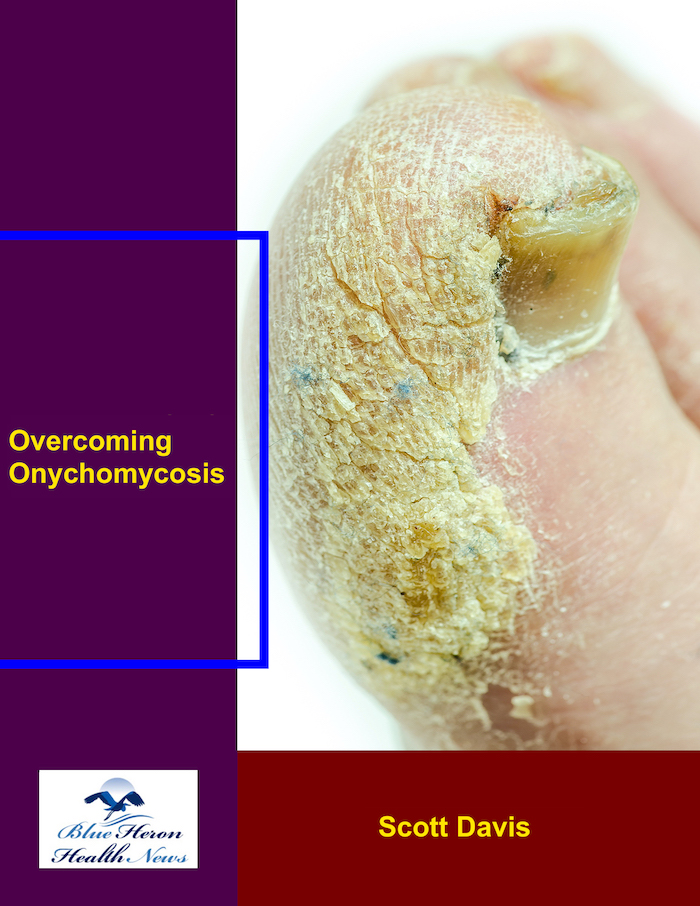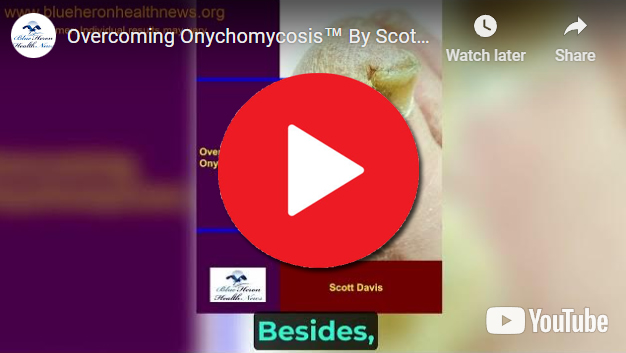
Overcoming Onychomycosis™ By Scott Davis It is a simple, natural, and all-in-one solution for onychomycosis. The program can help you to treat your nail fungus naturally. Once you follow this program, you do not need to spend on expensive treatments to prevent a recurrence. In brief, you can have a proven solution for your chronic nail fungus. Besides, the program is easy to follow, and most users find it effective against onychomycosis.
How can one prevent onychomycosis in children?
Preventing onychomycosis (fungal nail infection) in children involves a combination of good hygiene practices, lifestyle adjustments, and awareness of risk factors that can contribute to the development of fungal infections. Since children may be more susceptible to fungal infections due to their active lifestyles and developing immune systems, taking preventive measures is key.
1. Encourage Good Foot and Nail Hygiene:
- Wash Feet Regularly: Make sure children wash their feet thoroughly with soap and water daily, paying attention to the areas between the toes, where fungi tend to thrive.
- Dry Feet Properly: After washing, ensure the feet are thoroughly dried, especially between the toes. Fungi grow in warm, moist environments, so keeping feet dry is crucial.
- Trim Nails Regularly: Keep nails trimmed straight across, with the edges slightly rounded. This minimizes the risk of nail trauma, which can create an entry point for fungal infections.
- Avoid Nail Biting: Encourage children not to bite their nails, as this can introduce bacteria or fungi to the nail bed and increase the risk of infection.
2. Use Clean and Dry Footwear:
- Wear Breathable Shoes: Encourage children to wear shoes made of breathable materials, such as leather or canvas, which allow air circulation and reduce moisture buildup.
- Change Socks Frequently: Make sure children wear moisture-wicking socks made from natural materials like cotton, or synthetic fabrics designed to keep feet dry. Change socks daily or more frequently if they become damp from sweat.
- Avoid Tight-Fitting Shoes: Shoes that are too tight or poorly fitted can lead to nail damage or friction that may predispose the child to infections. Ensure shoes are properly sized to allow for comfortable movement.
3. Be Cautious in Communal Areas:
- Public Showers and Swimming Pools: Fungal infections are more common in communal areas, such as locker rooms, public showers, and swimming pools. Encourage children to wear flip-flops or waterproof sandals in these areas to avoid direct contact with potentially contaminated surfaces.
- Avoid Sharing Personal Items: Teach children not to share nail clippers, footwear, or towels with others, as these can harbor fungal spores that can lead to infection.
- Clean and Disinfect Surfaces: Regularly clean and disinfect shared spaces, like bathroom floors or showers, especially if the family has a history of fungal infections.
4. Keep Nails Clean and Dry:
- Limit Prolonged Moisture Exposure: Avoid having the child keep their feet or hands in water for prolonged periods, such as extended baths or swimming sessions, as this softens the nails and makes them more susceptible to fungal infections.
- Proper Footwear After Swimming: If your child swims frequently, encourage them to dry off thoroughly after swimming and wear dry socks and shoes as soon as possible to avoid a damp environment around the nails.
5. Monitor and Treat Minor Nail Injuries Promptly:
- Treat Nail Trauma Early: Nail injuries (such as cuts or bruises) can make the nails more vulnerable to fungal infections. If a child injures a nail, ensure the wound is cleaned and treated to prevent infection.
- Protect Nails from Trauma: Encourage children to avoid activities that could result in nail trauma, such as rough play or accidents that may cause the nails to be crushed or torn.
6. Boost Immune Health:
- A child’s immune system plays a significant role in defending against infections. Encourage a healthy diet rich in vitamins, minerals, and nutrients to support immune function.
- If your child has chronic conditions like diabetes or eczema that could increase susceptibility to infections, work with a healthcare provider to manage these conditions effectively to reduce the risk of fungal infections.
7. Consider Antifungal Prophylaxis in High-Risk Situations:
- In children with known frequent exposure to environments that increase the risk of fungal infections (e.g., athletes who use locker rooms, children in daycare, or those with family members who have had onychomycosis), it may be worth discussing prophylactic antifungal treatment with a healthcare provider, especially if there are recurring cases of fungal infections.
8. Educate Children About Hygiene:
- Teaching children to understand the importance of hygiene and self-care can help them maintain practices that reduce the risk of onychomycosis.
- Use simple, clear explanations about how fungal infections can be prevented and the importance of keeping their feet clean and dry.
9. Check for Early Signs of Infection:
- Regularly inspect the nails for any early signs of infection, such as discoloration (yellow or white), thickening, or brittleness. Early treatment can prevent the infection from becoming more serious or spreading.
Conclusion:
Preventing onychomycosis in children is largely about maintaining proper foot hygiene, protecting nails from trauma, and minimizing exposure to potentially contaminated environments. By fostering healthy habits and teaching children to care for their feet and nails, you can significantly reduce their risk of developing fungal nail infections. If you notice any early signs of infection, seek prompt medical attention to avoid complications.
Overcoming Onychomycosis™ By Scott Davis It is a simple, natural, and all-in-one solution for onychomycosis. The program can help you to treat your nail fungus naturally. Once you follow this program, you do not need to spend on expensive treatments to prevent a recurrence. In brief, you can have a proven solution for your chronic nail fungus. Besides, the program is easy to follow, and most users find it effective against onychomycosis.
